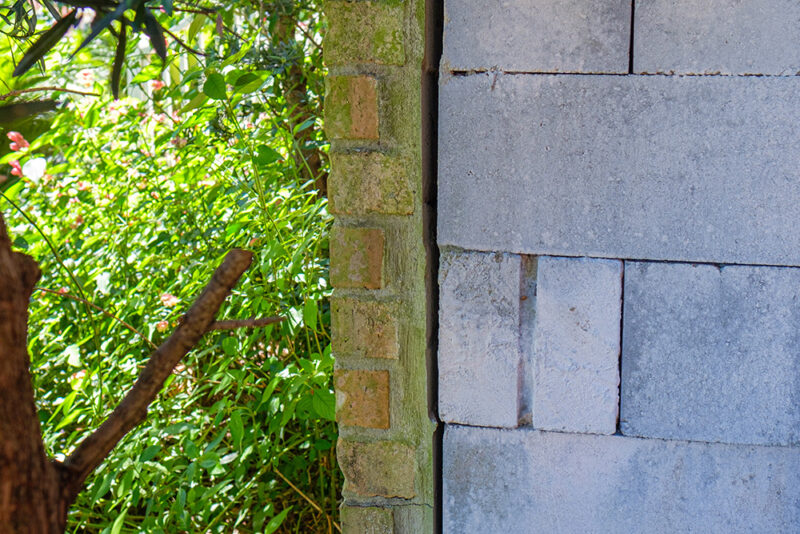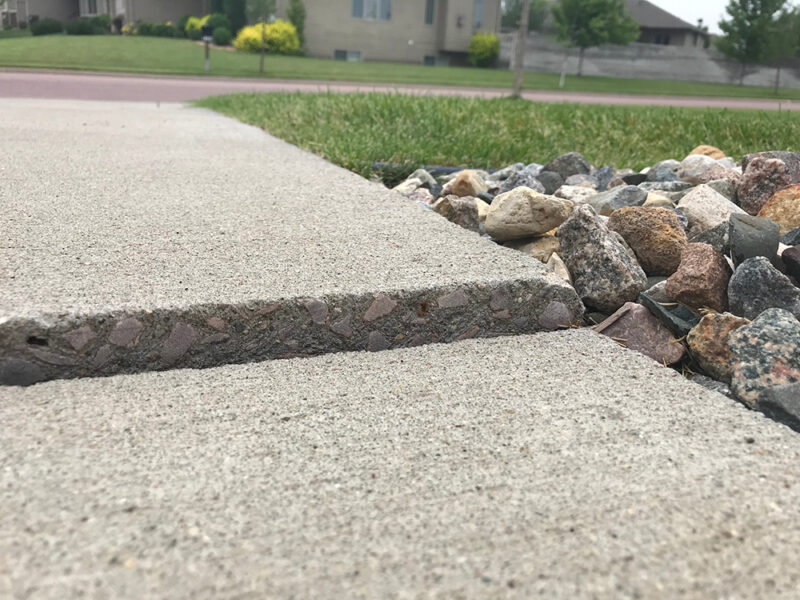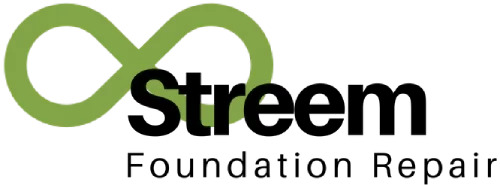Concrete structures are susceptible to a number of environmental stresses, and many of them can cause damage (such as cracks, heaving, or sinking). Once the settlement process has started, the problems associated with it will get worse as the soil continues to erode. Once concrete leveling issues come up, they can often be fixed. There are two main methods for raising concrete: mudjacking and polyurethane injection.
One of the biggest threats to the structural health of your home is the sinking or settling of your concrete foundation, which is there to stabilize your entire home. But it can’t keep its shape or structural integrity if the ground underneath it can no longer provide enough support. This can happen when a concrete slab has become inadequately packed or is overly absorbent to water. As the soil collapses or goes through a cycle of expansion or contraction, the concrete will start to heave, bend, and ripple. Over time, the sinking will get deeper into its own footprint.
While underpinnings are usually the best option, some homeowners will choose to go with mudjacking or polyurethane injection (depending on their goals). Both of these procedures can halt and even reverse the sagging process of a concrete slab foundation, and neither of them will involve any excessive inconveniences or massive life disruptions. So, which one is the better solution?

The Basics of Mudjacking and Polyurethane Injection
Foundations typically sink when there are voids under the concrete slab. Until they’re filled, it will be impossible to restore it to its previous elevation level without the use of underpinnings. Mudjacking and polyurethane injection are used to fill these voids in the underlying soil, which can prevent an unfolding catastrophe.
Mudjacking lifts the concrete foundation on top of a densely-packed, swelling wave of slurry (which is a mixture of hard fill that includes mud, sand, cement, crushed limestone, and other materials). Polyurethane injection raises the concrete by using a dense, durable, and environmentally-safe polyurethane foam. In both cases, holes need to be drilled into the floor that penetrates through the concrete foundation, so it can be injected into the sunken spaces below (though mudjacking holes are bigger and harder to patch).
The slurry or foam is injected in large quantities, with enough concentration to fill the cavities located underneath and to gradually lift the foundation back to an adequate position. Once the technicians are satisfied with the results, they will fill and repair the injection holes so the floor looks like new. Both of these technologies can restore sunken concrete foundations, but they can also be used in many other concrete installations that may suffer the same fate.
Pros and Cons of Mudjacking
Some of the advantages of mudjacking include the following:
- It’s a fairly inexpensive procedure.
- It’s a time-tested service with which many contractors are familiar.
- The injection slurry is primarily made from naturally-occurring materials with no negative environmental impacts.
Despite its advantages, mudjacking does have its drawbacks. Some of them can include the following:
- The slurry has too rough of a texture to completely fill the voids under a concrete slab, which increases the chance of more sinking in the near future.
- It’s less reliable and will eventually need to be replaced.
- The injected materials are extremely heavy, which can cause another round of soil compression.
- The slurry is susceptible to washing out if it’s exposed to underground water penetration.
- Large holes must be made in the flooring.
Be sure to speak to a professional for more information.

Pros and Cons of Polyurethane Injection
Some of the advantages of polyurethane injection include the following:
- It’s a long-lasting procedure.
- The lightweight materials won’t cause any more soil compression and will flow easily during the injection process.
- The density is enough to completely fill the cavities below a sinking foundation.
- The soil under the foundation will mix well with the material and will get stronger as a result.
- The injection holes are smaller.
Despite its advantages, polyurethane injection does have its drawbacks. Some of them can include the following:
- Fewer contractors have access to the procedure, so it’s not as widely available.
- Equipment and materials are expensive, which makes them less accessible to smaller contractors.
If you have a damaged foundation and are looking for one of the best places for foundation repair in Corpus Christi, Streem Foundation Repair has a team of experts that can help. We’re proud to service residents of the Coastal Bend, so feel free to reach out to us. We would be happy to speak with you about your specific needs!
